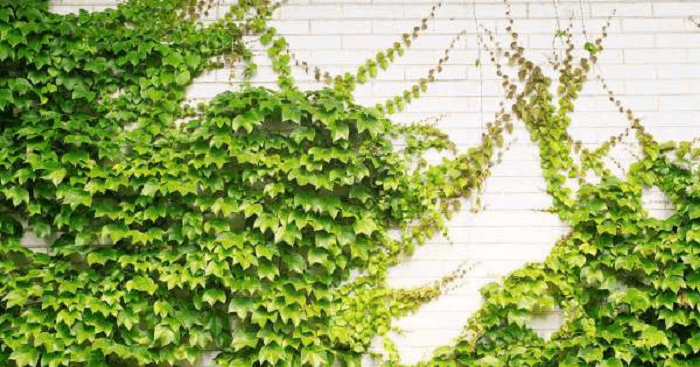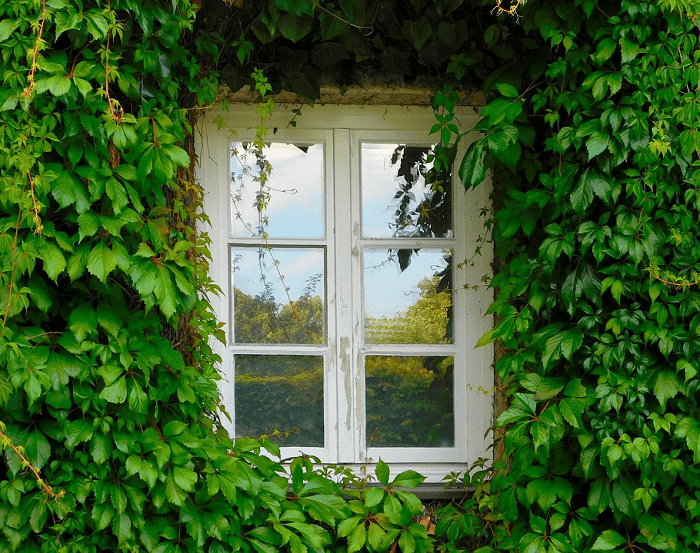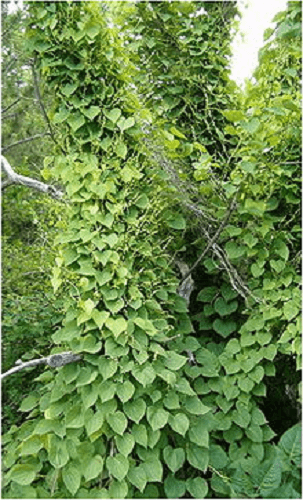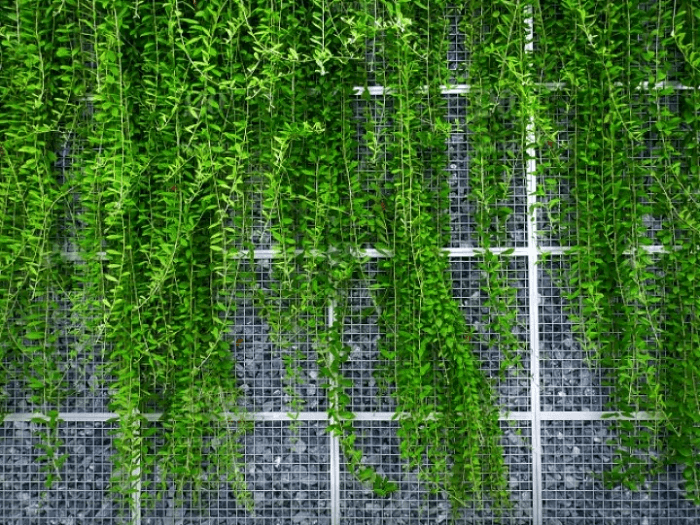Difference Between Creepers and ClimbersBased on how plants grow and what method they use to support their body, plants are divided into two categories: climbers and creepers. Creepers and climbers belong to very different categories of plants because they differ widely in their characteristics, adaptation, and growth habits. In this article, we will discuss the difference between creepers and climbers by defining their key characteristics and giving examples in each category. Creepers and climbers have unique adaptations to survive in their environments, which makes them fascinating organisms. Because of their ability to survive and grow in different places, they have always been a center of attraction for gardeners and botanists throughout the centuries. They have the ability to creep, climb and spread on different surfaces, which imparts beauty to buildings, gardens, and monuments. Both creepers and climbers are used by gardeners for decorations. They use an array of strategies to spread themselves over the surface. Twining stems, tendrils, adventitious roots, and clinging aerial roots are some of the strategies used by creepers and climbers to support themselves toward to sun. They impart beauty not just because they spread to the different surface and cover it but also because of the diversity of foliage they exhibit. They have diverse leaf forms, flowering patterns, and leaf shapes, which add to their aesthetic look and provide an incredible view of gardens, forests, and natural landscapes. From the tendrils of the pea plant to the exquisite beauty of vines of ivy, these plants have always captured the attention of the audience worldwide. Apart from providing a captivating scenic beauty, these plants have an important role in the ecological cycle as well. They provide shelter, food, and homes to many animals and other organisms. 
What are Climbers?Climbers are those kinds of plants that use their stems or leaves to support their bodies. The support structures used by climbers are trellises, walls, or trees. In order to take support from a supporting structure, climbers have specialized structures called twinning stems or tendrils that help them climb and support their body against something. Tendrils have the ability to wrap themselves around the support structure and act as an anchor for the plant body to prevent it from falling. Climbers are often used for beauty because they can cover an entire wall or any vertical section and give a beautiful look. As a result, climbers are used in gardens and for landscaping. Examples:

What Are Creepers?Plants that do not use any support system to climb on the vertical surface and only spread their body (grow) on a horizontal surface by means of creeping are called creepers. Creepers spread across the floor by sending out their roots and shoots in different directions at appropriate intervals. They cover the ground from their plant body by using their trailing growth habit. Creepers, just like climbers, are also utilized by gardeners in landscaping. They are also put in gardens to cover the bare soil and prevent soil erosion. Examples:
Overall, it can be said that creepers and climbers both plants different in most of the plant characteristics like growth habits and adaptation. It is because climbers have specialized structures called tendrils, which help them get attached to the vertical surface. These structures are absent in creepers. On the other hand, the shoots and roots of creepers are designed in a way that helps them spread on the ground; this characteristic is absent in climbers. One of the characteristics both creepers and climbers share is that they are used in gardens and for the purpose of landscaping. 
Difference Between Creepers and ClimbersThe anatomy of stems differs significantly between creepers and climbers, which results in their different growth habits. Creepers have thin, trailing stems that are flexible and grow horizontally on the ground. These characteristics give them a trailing or creeping habit. The stems of creepers are called runners or stolons, and they send out roots and shoots at intervals so that the plant body can be anchored to the ground. Creepers also have specialized structures called rootlets, which emerge from the stem and are very small and fine, helping to attach the plant body to the soil or other ground surface. On the other hand, climbers have specialized structures called tendrils, which help them climb vertical surfaces. Tendrils act as anchors and help the plant attach to supporting structures and climb upward. Tendrils, also known as twinning stems, coil around the surface as the plant grows. Tendrils are modified leaves or modified stems specially developed in climbers as part of adaptation. In certain climbers, other specialized structures, such as suction cups and adhesive pads, help them attach firmly to vertical surfaces. Climbers have thicker and stronger stems compared to creepers. Strong stems are required to climb long heights and support the plant body at that height. Another important anatomical structure that climbers and creepers lack is the presence of specialized cells called collenchyma and sclerenchyma in their leaves, which provide additional rigidity and support to the plants. 
Another prominent difference between creepers and climbers is the morphology of their leaves. Climbers have thick and waxy leaves, a characteristic that is not found in creeper leaves. The wax and thickness help the plant reduce water loss and increase durability when climbing to great heights. ConclusionIn summary, creepers spread on a horizontal surface by growing horizontally, while climbers climb vertical surfaces by anchoring the support structure and growing. Creepers cannot stand upright on their own, but climbers can stand upright if there is a supporting structure present that can serve as a medium for anchoring. Creepers have a trailing growth habit, while climbers have a climbing growth habit. Examples of creepers include periwinkle, ivy, and some species of ferns, while examples of climbers include grapevines, passionflowers, and jasmine. Whether it is the garden wall, slopes, or forest floors, creepers, and climbers have always given natural splendor to the surroundings they are present in. They also give a sign of resilience and adaptation to the natural environment.
Next TopicDifference Between
|
 For Videos Join Our Youtube Channel: Join Now
For Videos Join Our Youtube Channel: Join Now
Feedback
- Send your Feedback to [email protected]
Help Others, Please Share










